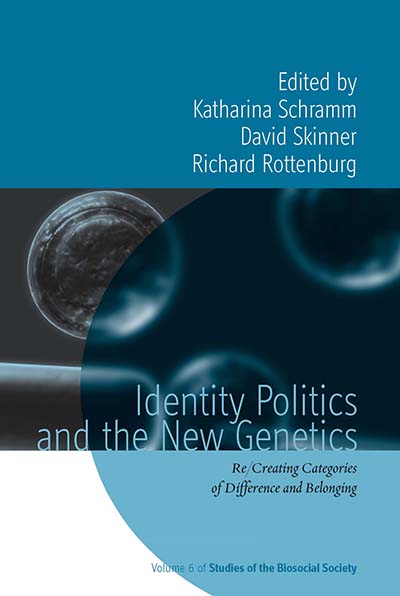A troubled experiment’s forgotten lesson in racial integrationPosted in Articles, Autobiography, History, Media Archive, Social Science, United States on 2012-03-25 06:57Z by Steven |
A troubled experiment’s forgotten lesson in racial integration
Point Reyes Light
Point Reyes Station, California
2012-03-15
Carina Ray, Associate Professor of African and Afro- American Studies
Brandeis University, Waltham, Massachusetts
The year 2012 marks the fortieth anniversary of my Puerto Rican mother and Irish-Italian father’s unusual wedding. They met and married in an experimental community called Synanon, where I was born. Readers might remember Synanon as the founding model of the therapeutic community, but they are more likely to recall its tragic retreat into a cultish enclave near Tomales Bay. What few people know, however, is that Synanon committed itself to a program of racial integration throughout the 1960’s and 70’s. While it belongs to a bygone era of social experimentation, its deliberate effort to foster a racially inclusive society was an experiment worth remembering.
Chuck Dederich, a charismatic recovered alcoholic, started Synanon in southern California in 1958 to lift drug users out of addiction and despair. Not long after, Dederich began to envision its mission more broadly. Synanon, he proclaimed, would promote “a lifestyle that makes possible the kind of communication between people that must exist if we are to prevent this planet from turning into uninhabitable ghettos.” In the 60’s and early 70’s it grew rapidly in size and prominence.
Synanon members, who came from every racial, religious and class background imaginable, lived and worked side by side. They also came together in “the game,” a form of no-holds-barred group encounter therapy that was the focal point of Synanon’s rehabilitation regime. At once intimate and confrontational, the game allowed people from all walks of life, and especially whites and blacks, to encounter each other in ways that would have been unimaginable elsewhere…
…As a result, I grew up surrounded by white, black and multi-racial kids. Because everything from toys and clothes to showers and mealtimes were shared, a sense of equality structured my relationships with my peers. Even as a child I was aware that many things weren’t ideal about Synanon and its ever-changing philosophies and dictums, but my early years in a multi-racial community, where mixed marriages and multi-racial identities were normalized, have shaped me for the better in ways I will probably never fully understand…
Read the entire article here.

